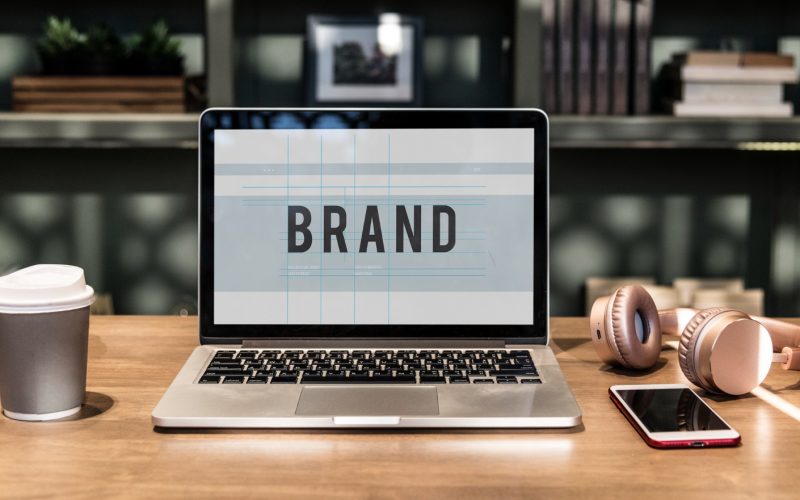In 2003, the US had sold approximately 53 million newspapers. It was anticipated that, ten years later, the total number of American newspapers will fall to only 35 million. The bad news such as this causes the graphics industry – from editors to bookbinding and printing equipment manufacturers – to see the future of printed products more pessimistic than the reality reveals.
But not all the numbers are declining. Industry experts believe that the volume of printed advertising (inserts, brochures, direct mail), which currently covers more than 50% of the global market for prints will have an increase of over 5% in the next five years.
Even the publishing sector will continue to have a slight increase. If we consider that every person in China spends about $ 3 on printed media (compared to $ 300 in Germany and not less than $ 600 in Japan), you can imagine what potential has the prospective graphics industry in a country with a population of 1.3 billion.
Benefits of printed advertisement are often overlooked
The printed word will continue to be important in the coming decades too – assuming that printed media will be able to position itselves intelligently and to highlight its advantageson the market in a targeted manner.
“Printed ad can sell its strengths advantages in a well targeted way, where electronic media has disavantages,” says Bruno Müller, CEO of Muller Martini. Take as example the paid content – which on its hearing the online media frowned – but that is expected for too long.
Printed ad can enjoy a particularly successful in this particular case if you’ll know to offer advertisers an excellent price-performance ratio, flexibility and value – simultaneously giving them a professional service also.
In addition, the risk factors relative to privacy, data protection, reliability, paid content or technical failures ( “on friendship” readers), that electronic advertising industry is facing, tend not to be valid anymore. “E-advertisement is new and trendy, while print advertising has an outdated image,” says Bruno Müller.
“That makes the case for electronic ad to appear more quickly than the print. Advantages of printed advertising such as quality, credibility and effectiveness of advertising transmission are attributes often overlooked. Graphics industry should promote these benefits in a more sustained way”.
Unsuspected faces of the finishing
Therefore, the necessary changes to make the printed media more attractive should be in the process of finishing. “As a global market leader in the printing finishing, we can provide valuable and decisive support in this process,” says Bruno Müller.
“Due to the modular nature of our solutions, systems can be updated at any time and can develop in parallel with the new challenges. Expandable systems from Müller Martini offers today’s rapidly changing markets the highest level of flexibility, in every respect, making a significant contribution to enhancing added value for new products”.
This is true not only for newspapers. Printing sewn or linked works can be finished also using special coatings for paper, glossy processing or attractive lamination. Whether you use a colored wire binding, punching, keyboards, jackets, bookmarks, samples for promotion of products or various gimmicks that add value to the work, these elements captures the attention and highlight you, opportunities you can benefit from being unlimited.
Printed or online?
The way the graphics industry companies will be able to adapt their coexistence with electronic media will also be crucial to their future success. Advertising has always been based on the mix of media, printed materials enjoying a long and successful history with excellent efficiency rates of media.
With a share of approx. 35% of printed advertising, magazines and newspapers today continue to have a role of key players in the advertising market. The advertising industry watch very closely over the use of media content and pays good money to make sure that the consumer public is aware of products in the right environment.
“Many of our customers are starting to use printed media to expand publicity activities,” said Markus F. Hof, President of the European Letterbox Marketing Association (ELMA) and CEO of Direct Mail Company (DMC), the leader in the segment of non-advertising distribution unaddressed in Switzerland. For example, over 70% of German Internet shoppers are inspired by a printed catalog.
Therefore, the DMC strategy success lies in a combination of printed and electronic media. For Markus F. Hof, the answer to “printed or online?” Is “printed and online”.
And Sture UDD shares this view too. Thanks to the UpCode supermedia system it has developed, CEO of UPC Print from finnish city Vaasa has significantly improved its circulations of printing.
UpCode is an ingenious form of mixing the printing on paper with mobile phone. Promotions can be accessed by consumers using the mobile phone to scan a two-dimensional barcode, formed in a pattern of black and white squares, printed in a magazine or on a leaflet. “I can prove that printing an UpCode on brochures, leaflet or promotional flyers increase sales by 15-20%.
This is the future of printing. “Technological innovations are not just in the online world. In fact, printed advertisement is very capable of adapting to new situations by integrating and completing with the electronic media.






